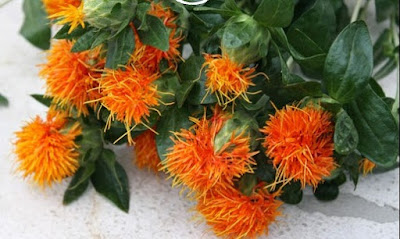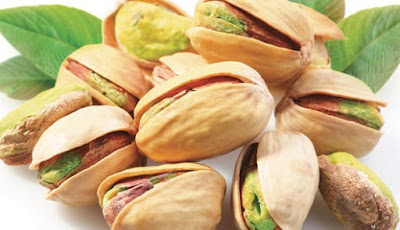Safed Musli (Chlorophytum borivilianum L.) is a medicinal tuberous root herbal plant,
with small, usually white flowers, produced on sparse panicles up to 120 cm
long. Basically this plant is found in forest areas. This plant has excellent
ayurvedic properties. This can be grown throughout India and the botanical name
of musli is "hlorophytum tuberosum". This crop is perfect for
commercial cultivation as it has very good demand in the market. The growing
method of musli is very easy and anyone who has no experience of farming can go
for it. Musli plant belongs to the family of "Asparagaceae" and genus
of "Chlorophytum". One can expect decent profits in commercial safed
musli farming with good crop management practices.
Health Benefits of Safed Musli:- Usually this herb root is used in
ayurvedic medicines and the following are some of the health benefits of safed
Musli root.
·
Safed musli used for therapeutic application in
Ayurveda, Unani and Allopathic medicines.
·
Safed musli used as a curative for physical
weakness and many illnesses.
·
Safed Musli is full of antioxidants and also vitamin
C.
·
Safed musli used as a curative for natal and
post-natal problems.
·
Safed musli used as an aphrodisiac agent and
vitalizer.
·
Safed Musli increases good HDL cholesterol and
decreases bad or LDL cholesterol.
·
Safed musli used as an effective alternative to
The Indian Herbal Aphrodisiac.
·
Safed musli used as an immunity-improving drug.
·
Safed musli used as a remedy for diabetes.
·
Safed musli used as a remedy for arthritis.
·
Safed musli is also good for reducing stress and
depression.


























